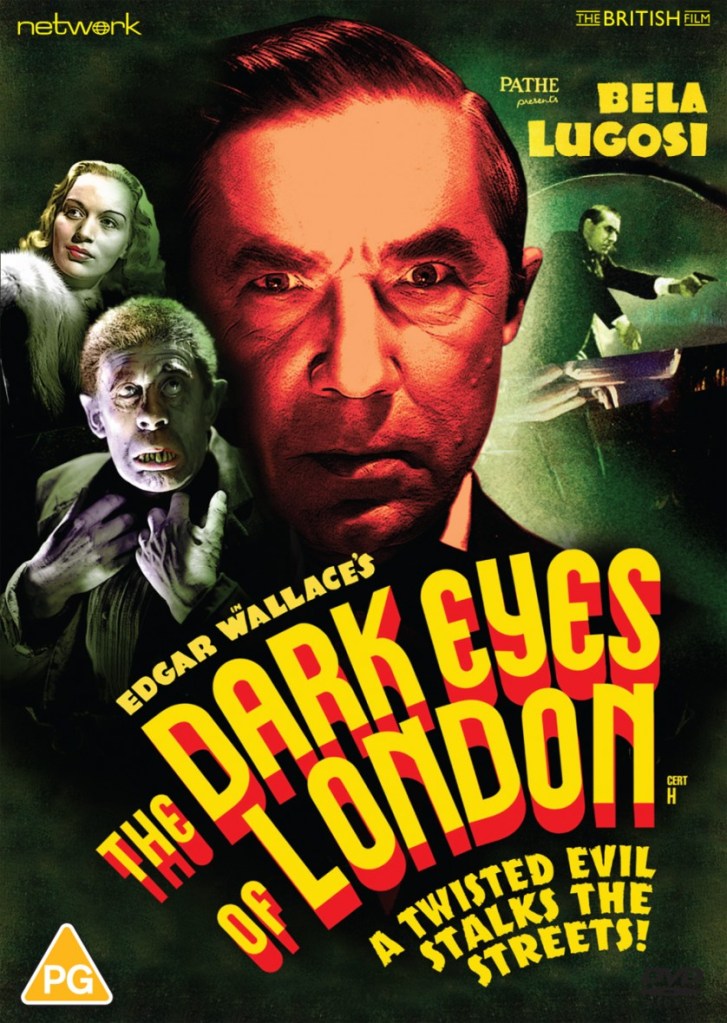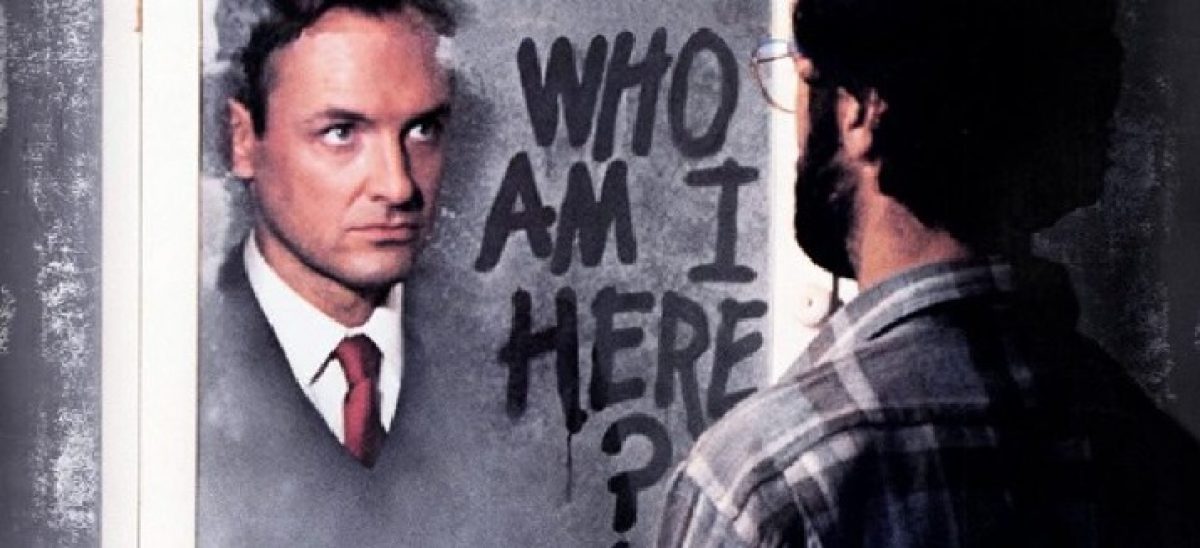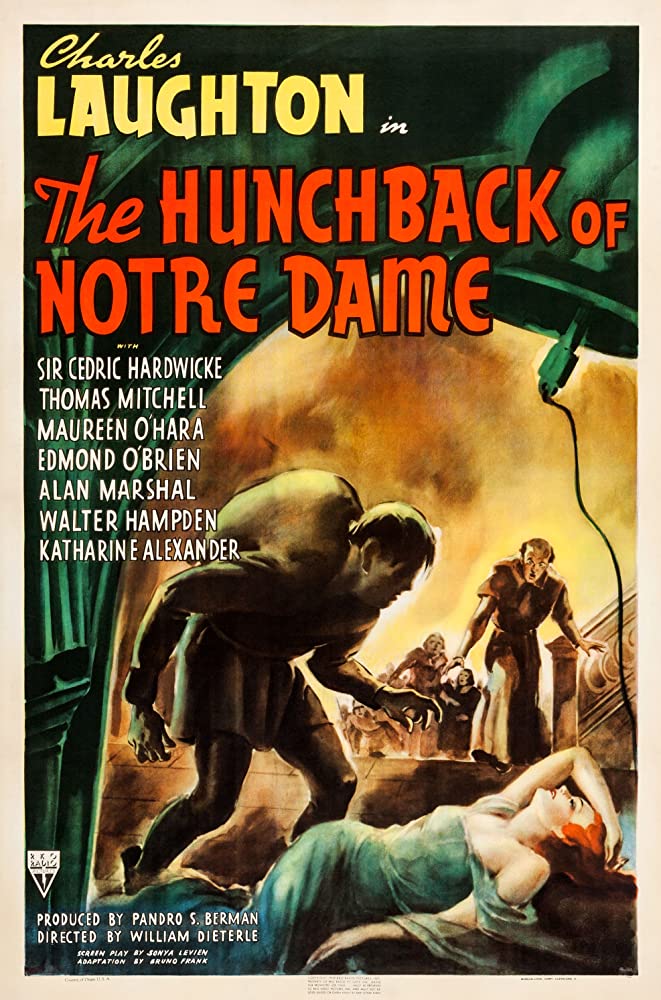
Directed by Walter Summers [Other horror films: Chamber of Horrors (1929)]
Perhaps better known under the title The Human Monster, this British horror film from the late 1930’s certainly possesses some interesting ideas, and even a few decently thrilling scenes, but I don’t think it’s enough to really stand out amongst the other films that were coming out around the same time.
Certainly Bela Lugosi (Dracula, Mark of the Vampire, The Devil Bat) gave a great performance, and his character Dr. Orloff even had a sort of surprising development toward the end, but his good performance, and the solid performances of others, wasn’t really enough to pull the story past the finish line.
Hugh Williams made for a somewhat generic lead. I didn’t have an issue with him, but he struck me as somewhat uninspired. That’s not quite as bad as Edmond Ryan’s character, though, who was pretty much only here to crack jokes, which has it’s place, but I never felt his character really deserved to be there. Greta Gynt was as solid as any other leading actress of the time, and Wilfred Walter was pretty good as a hulking, deformed menace.
At times, the plot does seem a bit muddled, what with a bunch of insurance policies, underwriters, and potential forgeries going on, but once the movie got going, it got going, and we got some good scenes, such as a man being drowned in his bathtub, another man getting electrodes shoved into his ears (this was off-screen, of course, but we did hear the scream), and a great donnybrook at the end with deadly consequences.
The movie isn’t without it’s charm. A lot of this comes from Lugosi, who is just fun here, and some of it comes from the fact the film’s British (a scene toward the end, with a police car racing to help a damsel in distress, was cool, as it was a first-person view, swerving in-and-out of double-decker buses), but the charm alone, even with the memorable scenes, don’t save it.
I still think that, if you’re a fan of classic horror, The Dark Eyes of London is worth a shot, but I do think there are better movies from around the same time, such as The Face at the Window or The Devil Bat, and this just ends up rather forgettable.
6/10









